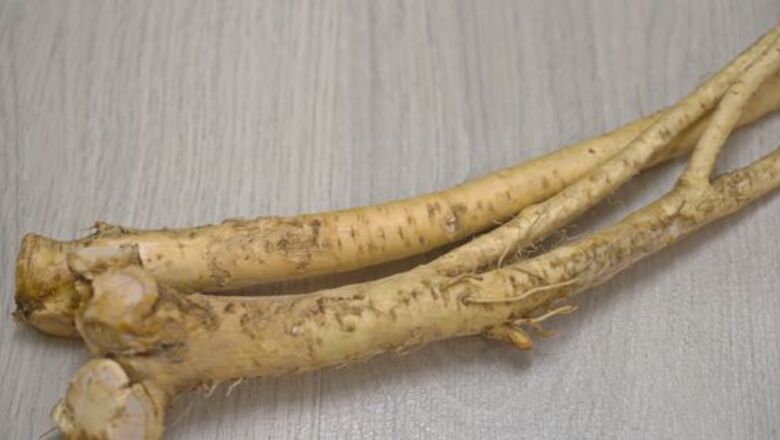
views
Processing the Roots

Buy fresh horseradish root (or grow it!). When buying, choose roots that are firm and have no mold, soft or green spots. Older roots will look shriveled and dry. They may even begin to sprout. These are to be avoided.

Use caution as you cook. This root is pungent. The biting flavor and smell of horseradish strengthens when the root is grated, due to mustard oils released by enzymes when the cells are crushed. The mustard oil dissipates within 30 minutes of exposure to air, and it is destroyed by heat, so vinegar is usually used to stop the reaction and stabilize the flavor. The time at which the vinegar is added can control the heat, so if your prefer milder horseradish, add the vinegar sooner. Fresh horseradish also loses flavor as it cooks, so it is best added towards the end of a dish when cooking.
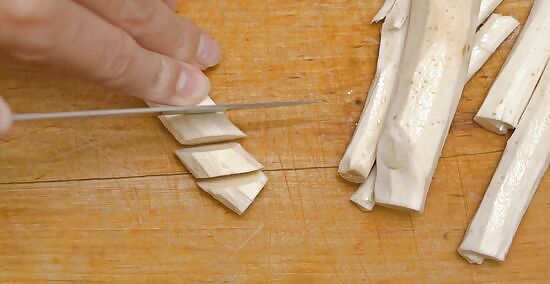
Clean and peel thoroughly, discarding ends. Cut into pieces appropriately sized for your particular blade size and capacity of blender or food processor.
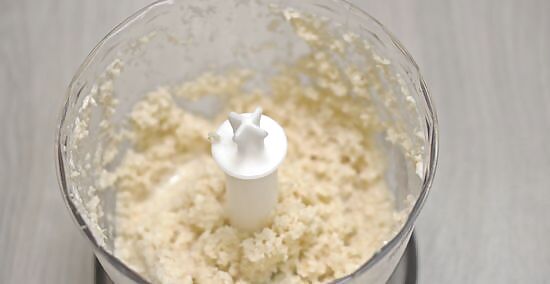
Grate with a food processor. Experiment with grate size, but the finest is usually best for condiments. This will burn your eyes and throat. Work at an arm’s length away and whatever you do, don’t deliberately smell the horseradish! You might want to wear gloves and eye protection. Work cleanly; don't spread the mixture to your body or other foods.
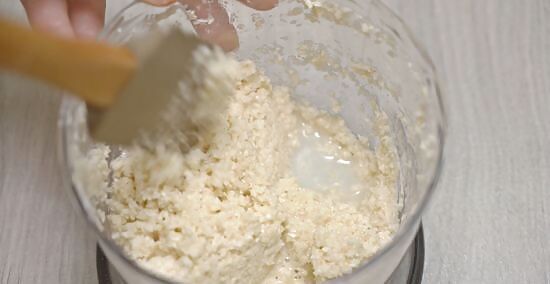
Add vinegar. The time at which you add the vinegar is important. Vinegar stops the enzymatic action in the ground product and stabilizes the degree of hotness. If you prefer horseradish that is not too hot, add vinegar immediately. If you like it as hot as can be, wait three minutes before adding the vinegar."
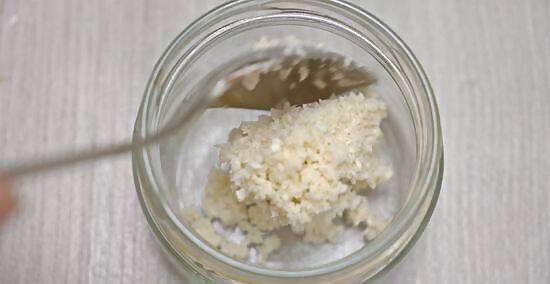
Strain the horseradish. Press the mixture through a muslin, cheesecloth, or fine mesh sieve, yielding the desired pastiness/liquid content. Use in recipes right away, or store in clean jars for future.
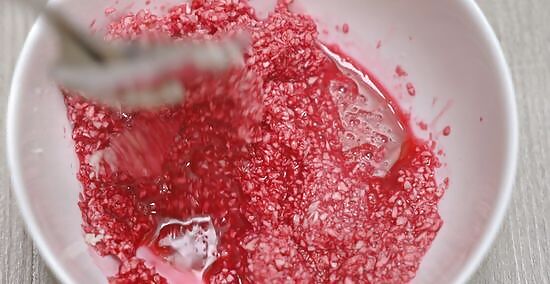
Color the horseradish, if desired. To color, boil a minced beet in vinegar and use this vinegar during preparation. You can play with golden beet, red beet, or other coloring agents (saffron and turmeric are also good, but these will alter the flavor profile, as well as the color). The cooking time and the ratio of vinegar to root also affect the depth, brilliance, clarity, and saturation of the final color.
Options for Using the Horseradish

Make a classic horseradish cream: Whip cream to stiff peaks, then incorporate the white, grated mixture to taste, by folding in. Serve immediately. You can also mix grated horseradish with sour cream, crème fraîche or mayonnaise. Add kosher salt to taste.

Try adding your horseradish paste to favorite recipes that take well to seasonal twists. These include: mashed potatoes, potato pancakes, salad dressings, dips, cream cheese or chèvre spreads, hamburger patties, cocktail sauces, Bloody Mary mix, gazpachos, vegetable salsas, slaws, gelatin molds, salmon or other fish mousse, egg salad, hot wings, marinades, martinis, maki rolls, sambals, popovers, brioche, cheese fondue, sandwiches, fermented vegetables, etc. The possibilities are endless!
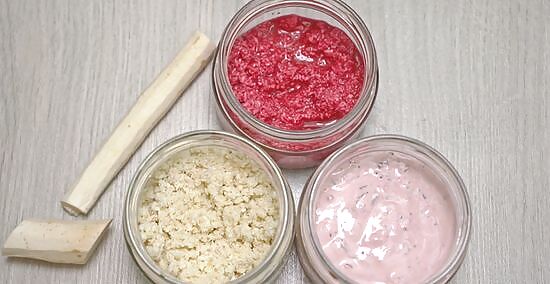
Finished.

















Comments
0 comment